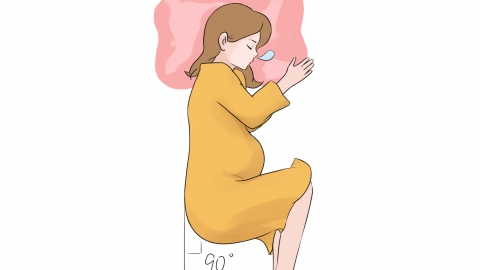Is a femur length of 62 mm at 36 weeks of pregnancy indicative of dwarfism?
Generally speaking, whether a femur length of 62 mm at 36 weeks of gestation indicates dwarfism requires a comprehensive assessment based on specific circumstances. If there are concerns, it is recommended to consult a professional doctor promptly. The detailed analysis is as follows:

If the fetal femur length is 62 mm at 36 weeks of gestation, but previous multiple prenatal examinations have shown normal growth trends in femur length, with deviations from gestational age consistently within a small range, and other fetal growth parameters such as biparietal diameter and abdominal circumference are consistent with standard values for gestational age, and both parents have normal height and no family history of dwarfism, then dwarfism is unlikely. In this case, the slightly shorter femur length is likely due to individual variation in growth and development.
However, if the fetal femur length is 62 mm at 36 weeks, showing a significant deviation from the standard value for this gestational age, and previous prenatal checkups have revealed slow or even stagnant femur growth, along with abnormalities in other fetal growth indicators, or if one of the parents has a history of dwarfism, then dwarfism cannot be ruled out. Further diagnostic evaluations are needed to clarify the fetal skeletal development status.
In daily life, maintain a regular sleep schedule, avoid staying up late, and ensure sufficient sleep to support healthy metabolism. Maintain a balanced diet rich in nutrients such as calcium and vitamin D, including milk, soy products, fresh vegetables, and fruits, to promote fetal bone development. Engage in mild physical activities like walking, maintain a positive mindset, avoid excessive anxiety, attend regular prenatal checkups, and closely monitor fetal growth and development changes.






